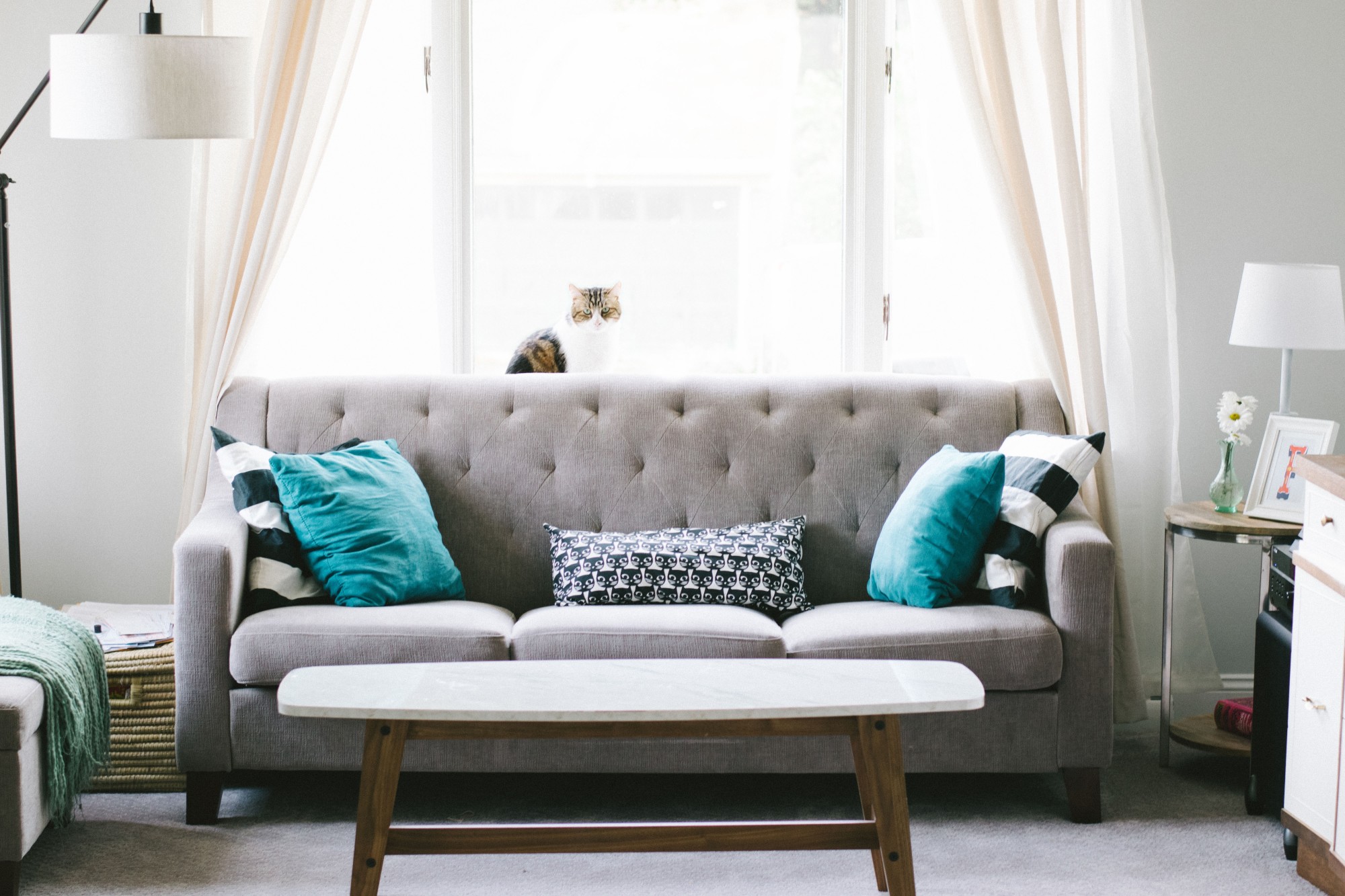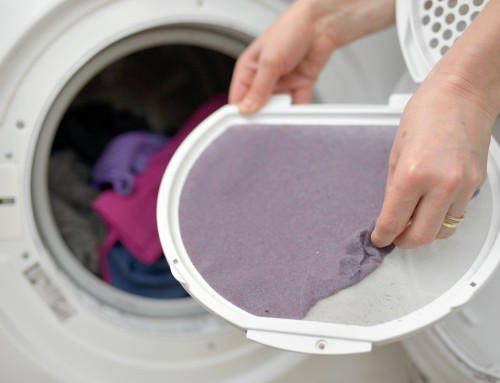According to Ranker, the living room is the second most popular room in a home. It makes sense, as it’s usually the place where families gather together to relax and destress from the day.
However, if your living room isn’t quite decorated like you want it to be, it can make it hard to relax.
If you’re like many other people and can’t quite decide on a color scheme for your entire home, then it’s best to start with the living room and work your way out from there.
Ready to decorate like a pro and create a happy, healthy home? Here’s how to color coordinate your living room to achieve the best look.
Pick One Main Neutral Color
When it comes to living room colors, it’s best to pick one main neutral color for larger furniture items and walls.
This will help ensure that your living room and home retain a timeless look that you can work around for many years to come.
However, this doesn’t have to be white or beige. According to Decor Aid, some of the hottest trending paint colors of 2019 include intriguing neutral colors such as hazelnut, lilac grey, muted pastels, and even soft clay.
All of these colors are neutral enough to not stand out or clash with other accent colors while also being trendy enough to add a special touch of elegance to your living room.
Mushroom, pewter, and mist are all other kinds of trending neutral colors that you can choose for the color of your living room walls and large pieces of furniture.
Once you’ve got your neutral color figured out, now you’ll need to create a color palette around that.
Create a Living Room Color Palette
When it comes time to create an interior design color palette, most professionals recommend sticking with 1 to 2 main colors and then choose 2 to 4 supporting colors that complement the main colors.
One of your main colors is obviously going to be the neutral color you chose before. Now you just need to choose another main color.
It helps if you start with the main colors and then work your way out to the supporting colors. Doing it the other way around is a little harder to manage.
Need help picking colors? Head to your local home improvement store for inspiration or find creative ideas on Pinterest and in magazines.
Usually, hardware stores have paint swatches that are already paired with other complementing colors. This will at least help you get some ideas that you hadn’t thought of before.
Or, you can use an online color palette tool.
Now that you have this color palette, you can begin to look for paint, furniture, and accessories. However, it’s okay to stray a bit from your color scheme.
It’s important to strike a balance here, as it’s going to feel overwhelming and odd if every single piece of furniture and accessory in your living room is one of only five different colors.
Think About Color Psychology
Even though you might be a huge fan of red, purple, or bright yellow, they might not be the best colors for a living room.
Before deciding to repaint your entire den and purchase brand new furniture, try thinking a bit about color psychology. This will have a huge effect on the energy of your living room and how people feel when they’re in it.
Medical experts even suggest that the right colors can create a healthy home atmosphere.
According to designers, the most ideal living room colors include:
- Blue: The calming effects of blue create a tranquil living room. Light, warm blues make a room feel brighter and more welcoming as well.
- Off-White: Plain white can create a feeling of being at a hospital. Off-white, however, exudes a sense of cleanliness and purity.
- Green: Green is a color that you naturally find in nature, so it gives off very regenerative and mind-clearing energy. This is a great color for people with homes in cities as it balances out the hustle and bustle of city life.
- Pink: Okay, so you’ll need to be careful here, but a light pink color can be a great accent wall addition to your living room. The Pink Effect suggests that viewing pink helps relieve feelings of pressure, anger, and stress.
These are just a few ideas. And, you don’t have to incorporate them into your living room color scheme in the form of paint
Take a look at Kittles furniture store for ideas on how to incorporate colors into your living room by using furniture.
Focus on Creating Balance
When it comes to coordinated paint colors, the key is balance.
Accent walls help create balance, as do accessories such as throw pillows, rugs, and picture frames.
Most people find it hard to color coordinate their living room because they’re not quite sure how to strike this balance.
If it helps, try painting the walls and selecting the biggest pieces of furniture according to your color palette. Then, use the secondary colors when purchasing your accent items such as decorative pieces of furniture, rugs, throw pillows, and more.
Then, forget about your color palette! If you find another piece of decorative furniture that doesn’t have one of your color scheme colors, then it’s okay.
As long as it doesn’t stick out like a sore thumb, then you’ll be fine. This helps create balance in your home, and you’ll find that that balance helps you feel calmer and happier as well.
Learn How to Color Coordinate for Happiness
When it comes to learning how to color coordinate your living room, focus on what makes you happy.
If you don’t like any of the popular paint colors of this year, then don’t incorporate them into your home’s design! If you know that you love red because it makes you feel alive, then make that your primary color in your color palette.
Whatever you do, try to focus on the energy of your living room. Doing so will ensure that you end up with a living room that makes you feel happy, beautiful and stylish!
Need more style tips? Head over to our style section for tips on how to color coordinate your wardrobe to ensure you feel just as perfect as your living room looks.











